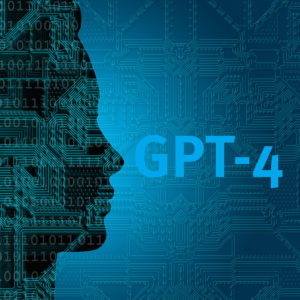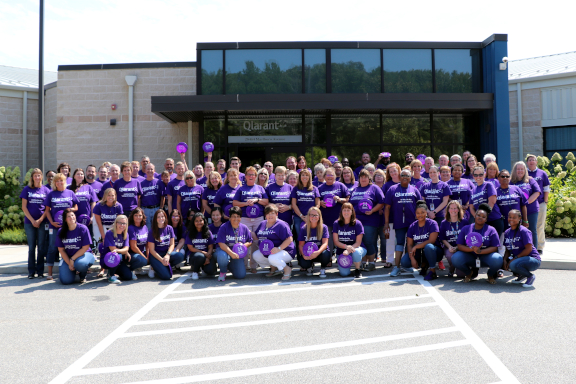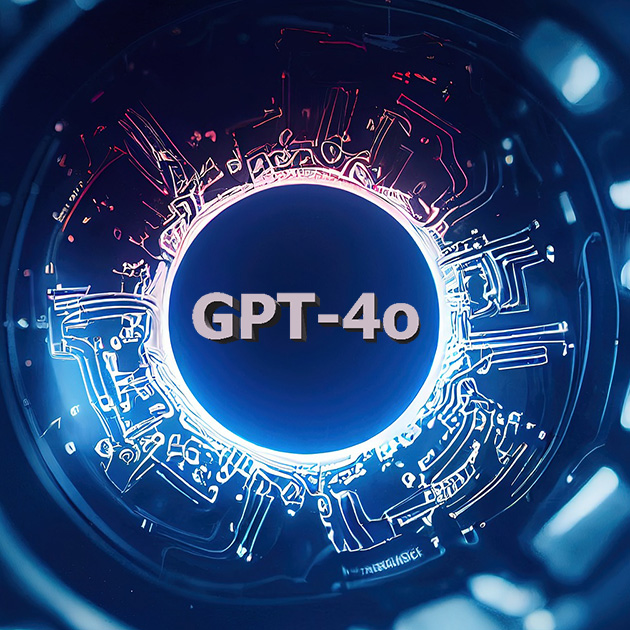GPT-4 and the New Frontier of Prompt Engineered Software
ChatGPT has dominated the tech world’s collective consciousness for most of 2023. Just as we began pondering questions about the future of work and bowing down to our ChatGPT overlords, OpenAI releases a massive upgrade to GPT-3, the underlying technology powering ChatGPT. GPT-4’s large language model is reportedly trained on 1 trillion parameters. A staggeringly large number for AI models. GPT-3 was trained on a mere 175 billion parameters.
It’s been hard to stay away from the hype machine with everyone clamoring for ways to use and abuse the technology. It’s been even harder for me to remain calm now that OpenAI has granted me access to GPT-4’s API. The upgrade has been nothing short of brilliant and ‘4’ handles tasks with less explanation than GPT-3.
Even though 4’s upgrade makes it more capable, it’s 1 trillion parameters are miniscule compared to the 100 trillion synapses in the human mind. Despite its power, GPT-4 has a long way to go before upending humanity.
Bigger, Faster, Smarter – And Still Limited

GPT-4 is more than just a lot of parameters. OpenAI claims to have added a more human touch to the new model. The company has added staff to aid in labeling harmful and biased content during the training process. More testers were hired to verify cultural and factual details in the model, and humans were used in helping moderate 4’s output. The company claims this extra work helps 4 be safer for society while being a more powerful AI model.
In my own testing, GPT-4 remembers more discrete items than its predecessor. GPT-3 remembered a total of 14 items before becoming confused if you asked it to perform a task. I’ve had better luck with asking 4 to perform tasks on a long list of items. It also requires less text in its prompting. Tasks requiring a small paragraph can be written in a sentence 4 still responding in its chatty, conversational style.
GPT-4 still suffers from its predecessor’s limitations. It still hallucinates, or makes things up, if it doesn’t have enough knowledge. You can prompt it into hallucinating simply by leading it down a path of things it doesn’t know. People, places, and things after September 2021 are unfamiliar to GPT-4 because its training data is limited to that date.
The Hospice FWA Program
I alluded to humanity being on the threshold of a new way to interact with computers in my previous article. The Internet has been ranting and raving about ChatGPT writing essays, legal briefs, and stories by simply writing a prompt. ChatGPT’s generative capabilities also make it capable of writing new software code from a prompt. I’ve been dying to try this capability using a watered down version of our subject matter expertise. GPT-4 didn’t disappoint.
We presented our work on hospice fraud at last year’s NAMPI conference. Our team shared our experiences sniffing out hospice fraud and demonstrated 5 different fraud indicator’s using RIViR’s capabilities. I can’t give any trade secrets, but I fed ChatGPT a prompt explaining how to detect hospice fraud behaviors using an explanation from our subject matter experts.
The results were amazing, and I shared them with my development team. ChatGPT wrote a very compact Python program that fit in less than 50 lines of code. The program used our SME’s behavior criteria and provided ways of excluding beneficiaries based upon Medicaid policies.
The Future of Software Is Prompting
We all watched Star Trek: The Next Generation and watched Geordi and Data speak a series of commands to the computer. Whatever jam the Enterprise found themselves in our heroes could prompt the computer to help them find a way out.
You don’t need to know how to compute a stardate or know Python to realize we’re at the beginning of interacting with computers this way. Every computer program can be critiqued, but ChatGPT wrote solid code from a plain old English explanation. And…commented the code!
Software engineers should not be quivering in their boots. ChatGPT’s program could be written by any high school student. GPT-4’s super power is its generative capability and democratizing computer programming to a broader audience. Used properly, this capability will inspire people and unlock new ideas and creative solutions to industrial and societal problems.








